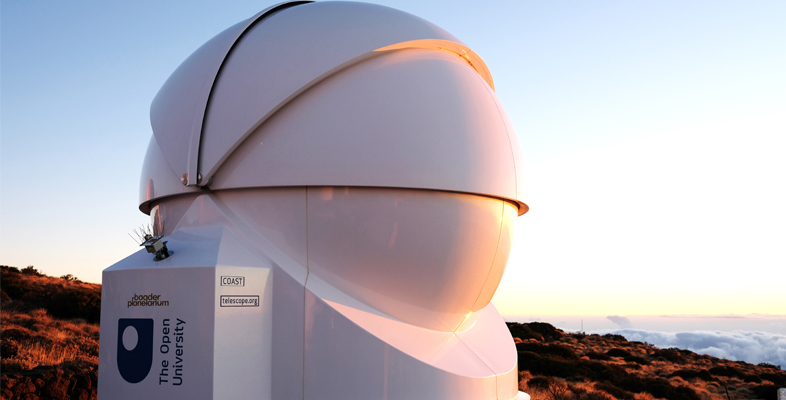2.5 Summary – properties of the Sun
As you have learned, just a few observations can tell us a lot about the properties of the Sun. Compared to planets such as the Earth and even Jupiter (the largest planet in the solar system) the Sun is huge in terms of its physical size and mass. Despite its vast size, the Sun is mostly composed of the lightest elements – hydrogen and helium. It is also ancient; with an age of about 4.6 billion years it has been around for a third of the age of the Universe. Despite its age the Sun is still very active; both its surface and interior are in constant motion. Most importantly, the Sun is very hot and as a consequence emits a vast amount of energy every second. It is this radiation that heats the surface of the Earth and allows liquid water, and hence life, to exist.
In the remainder of your study for this week you will attempt to answer two questions that naturally arise from these observational facts:
- Since the Sun has existed for over four billion years, what physical process, and fuel, has powered it for this length of time?
and
- Given that the Sun is a star, how does it compare to the billions and billions of other stars in the Universe?
